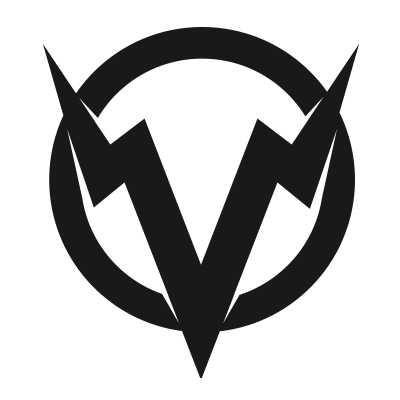Every minute on the minute for 20 Minutes
Odd minutes = 5 Cleans 135#(95#)
Even minutes = 8 Burpee Box Jump Overs 24″(20″)
Post Results to BTWB.

Today, is a great workout to dive into the topic of scaling a workout for it’s intended purpose. On paper, this workout does not look like something that can be devastating. However, attacking the EMOM with the correct volume, loading and intensity – it is something that can leave you smoked.
In this interval style couplet containing both a gymnastics conditioning piece and a weightlifting movement, the work will be roughly 1:1. What does that mean? It means that we will be using a blend of all three energy systems: Phosphogen, Glycolytic, Oxidative. Now, what does that mean and why is important?
1. Phosphagen System: This system uses creatine phosphate to reconstitute ATP after it’s broken down to release its energy. The total amount of CP and ATP stored in muscles is small, so there is limited energy available for muscular contraction. It is, however, instantaneously available and is essential at the onset of activity, as well as during short-term high-intensity activities lasting about 1 to 30 seconds in duration, such as sprinting, weight-lifting or throwing a ball.
2. Glycolytic: This system does not require oxygen and uses the energy contained in glucose (carbohydrates) for the formation of ATP. As an intermediate pathway between the phosphagen and aerobic system, anaerobic glycolysis can produce ATP quite rapidly for use during activities requiring large bursts of energy over somewhat longer periods of time (30 seconds to three minutes max, or during endurance activities prior to steady state being achieved).
3. Oxidative (Aerobic System): This pathway requires oxygen to produce ATP, because carbohydrates and fats are only burned in the presence of oxygen. This pathway occurs in the mitochondria of the cell and is used for activities requiring sustained energy production. The oxidative system is predominantly utilized during longer-duration, lower-intensity activities after the phosphagen and anaerobic systems have fatigued.
It is important to remember that all three of these systems contribute to the energy needs of the body during physical activity. These systems do not work independently of each other, but rather dominate at different times, depending on the duration and the intensity of the activity.
Just looking at the workout and thinking of time domains, it would be natural to think this workout would be a blend between just phosphogen and glycolytic because the intent is to be around 30 seconds of work per round. However, because the work:rest is 1:1, eventually the systems will shift towards the end of the workout making it a dominantly oxidative (aerobic workout). Below is a energy vs. time graph to help explain:

If you look at the chart above, it shows that in the beginning of the workout we will be using the ATP-CP (Phosphogen) energy system, however towards the middle of the workout it will be a blend of glycolytic and oxidative and right as the workout ends we will be crossing the purely oxidative (aerobic) threshold. This will make a nice blend between the three.
Now, to talk scaling. This will be a great chance for you to learn your body and see how different weights and variables work for you. If you load the squat clean too heavy, you could easily miss out on the phosphogen energy system, the one that a sprinter primary uses. If you try to go touch-and-go in the beginning of the workout and it leaves you smoked halfway through, you could miss out on the glycolytic pathway because you will work your way into being aerobic by being bent over and not moving quickly. If you don’t push the burpee box jump hard enough, you will remain aerobic throughout the entire workout and miss out on the goods the other systems bring. Remember to listen to your body and scale appropriately in order to get the intended stimulus of the workout.
